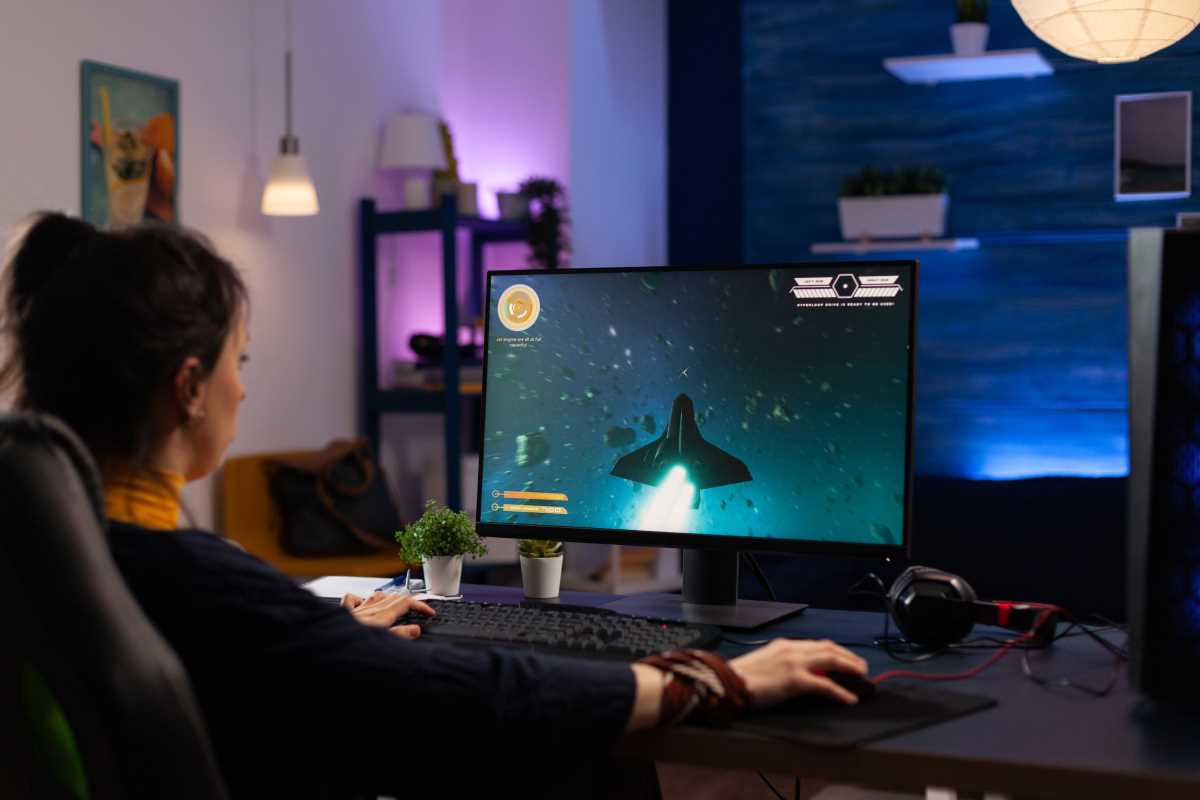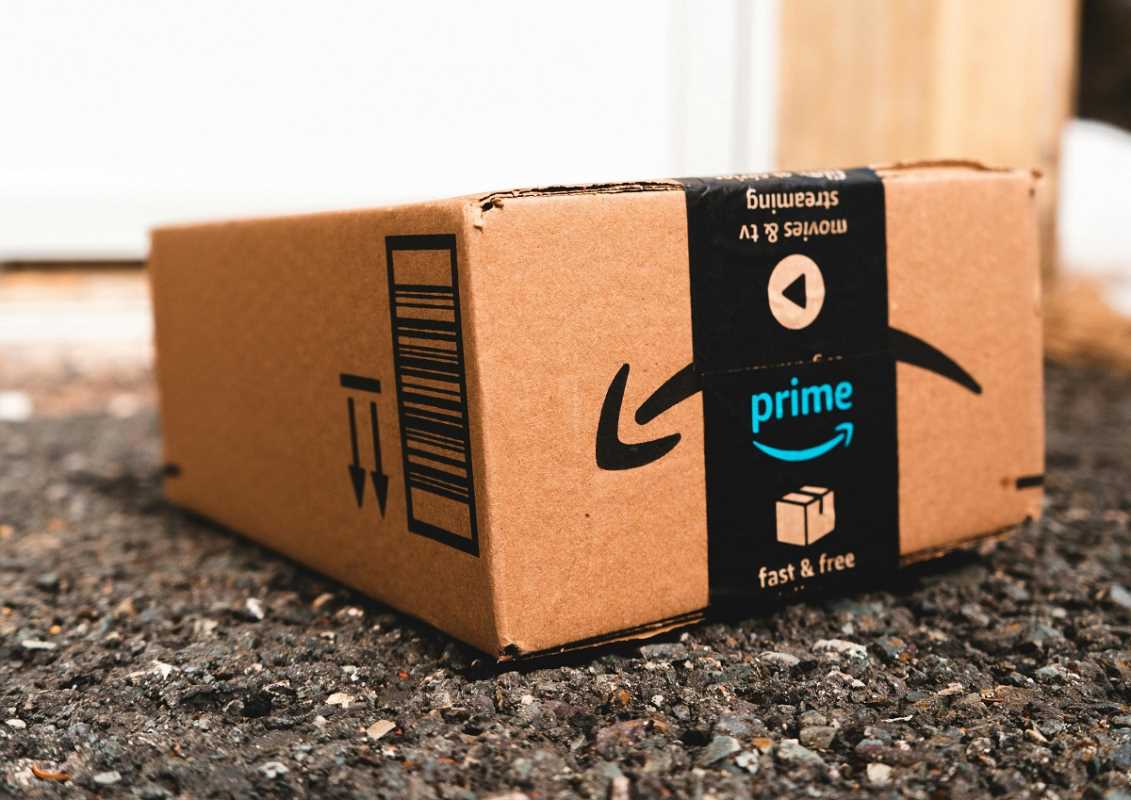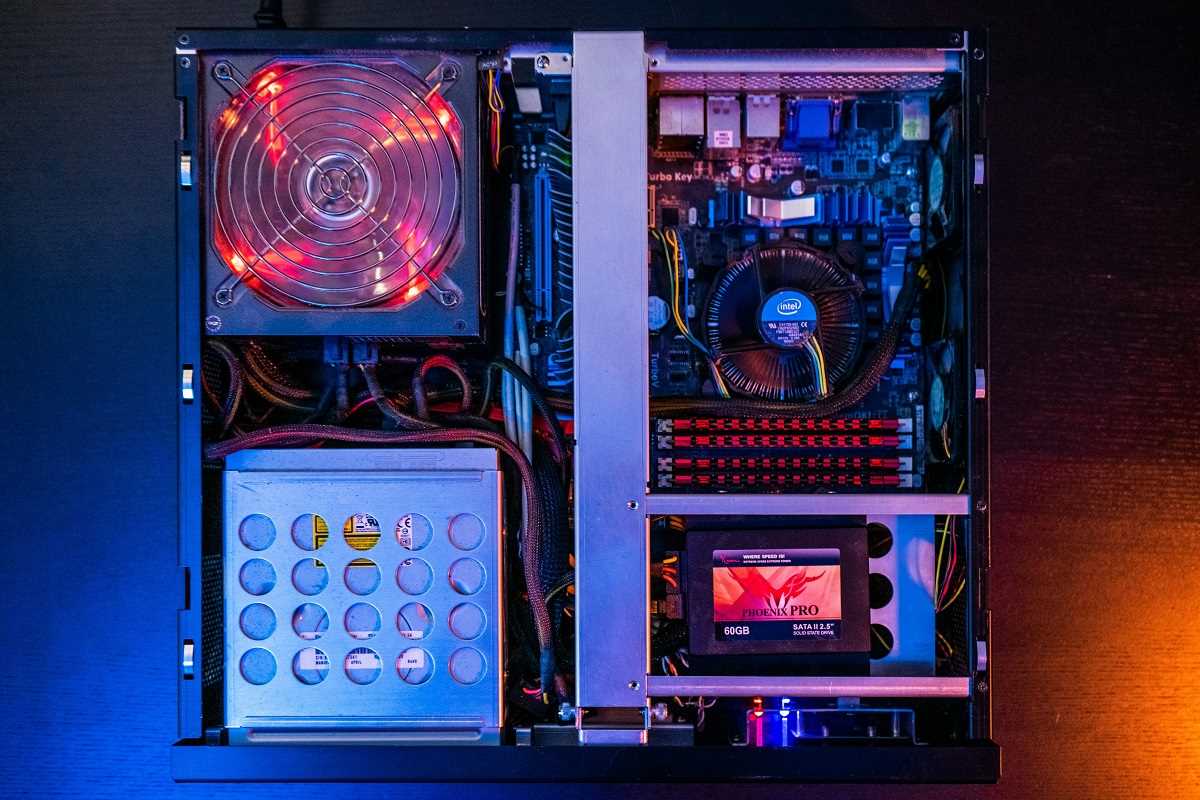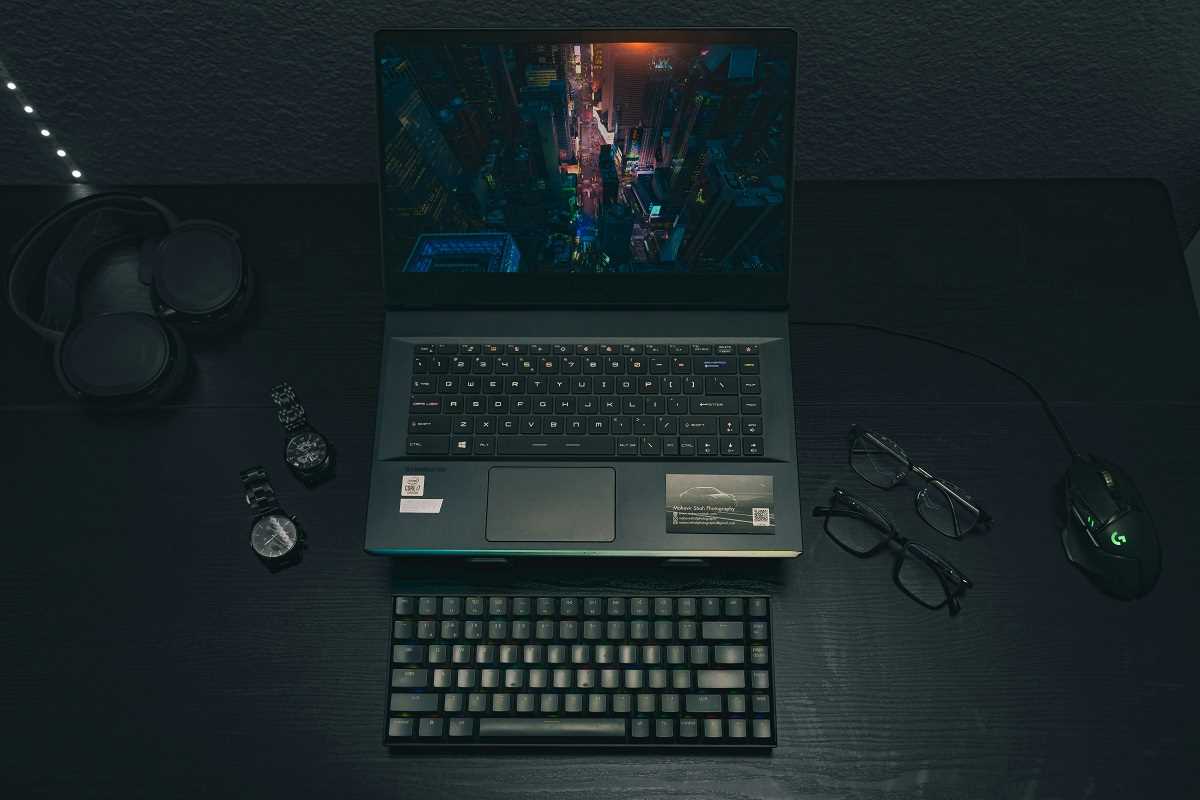When it comes to gaming PCs, the age-old debate of custom-built versus prebuilt systems is one every gamer faces. While specs, aesthetics, and performance are critical factors, perhaps the most important question for many is this: “Which option makes more sense for my wallet?” Building a gaming PC from scratch can be an exciting but complex endeavor, while prebuilt systems promise convenience with a higher price tag. But the financial picture goes beyond just upfront expenses, with considerations like long-term value, upgrade costs, and hidden fees influencing the ultimate decision.
If you’re wondering which route to take, we’re breaking it down for you. Here’s a detailed comparison focused on costs to help you make the most budget-conscious choice tailored to your gaming needs.
The Upfront Costs
The initial financial outlay is one of the most noticeable differences between a custom-made gaming PC and a prebuilt system.
The Cost of a Prebuilt System
When you purchase a prebuilt PC, you’re buying a complete plug-and-play package. Prebuilts come with the added convenience of being assembled, tested, and ready to use straight out of the box. But this convenience often comes at a premium.
- Price Range: Entry-level gaming prebuilts start at $800-$1,200, while high-performance rigs can easily exceed $3,000. This price includes assembly, manufacturer warranties, and a markup for labor and even branding.
- Why It Costs More: Companies like Dell, Alienware, and HP invest in marketing, customer support, and pre-assembled infrastructure. These costs trickle down to the consumer. Additionally, prebuilt systems often include extras like trial software (or branded bloatware), which can subtly inflate prices.
The Cost of a Custom-Made PC
Building a custom gaming PC puts you in control of every detail, from the choice of processor to the design of the case. The freedom to shop smart can lead to savings, but only if you’re careful and patient.
- Price Range: The cost varies widely depending on the components chosen. A respectable entry-level build might run $700-$1,000, while high-end rigs can hit $3,000 or more.
- Why It Can Cost Less: Shopping for individual parts during sales, leveraging second-hand options for non-essential components, and avoiding labor fees allow custom builders to maximize value. However, purchasing tools (like a thermal paste applicator or anti-static strap) adds slightly to the cost.
Upfront Cost Winner: Custom PCs. They’re often less expensive if you’re savvy about where and when you shop for parts, though they require time and know-how.
Long-Term Value
Gaming PCs aren’t just about the sticker price. Evaluating their financial impact over time can reveal insights into which option holds better value.
Prebuilt PCs and Longevity
Prebuilt PCs tend to deliver value for around 3-5 years before requiring significant upgrades. However, obtaining long-term value can be tricky due to these factors:
- Proprietary Components: Many brands use proprietary hardware like motherboards or power supplies that limit compatibility with off-the-shelf upgrades.
- Added Costs of Upgrades: Attempting to upgrade an older prebuilt system often requires a complete overhaul because of non-standard designs or limited upgrade paths. For instance, swapping a GPU might also necessitate upgrading the power supply or case size.
Custom PCs and Investment Potential
Custom gaming PCs shine when it comes to long-term value. Since you’re in charge of each component, you can prioritize compatibility and future-proofing.
- Modular Design: You have full control to choose standardized, high-quality components that allow easy upgrades (like swapping out a CPU or adding more RAM) as better technology becomes available.
- Resale Value: Custom PCs tend to hold resale value better since parts like graphics cards or CPUs remain in demand, even as used components.
Long-Term Value Winner: Custom PCs. They provide greater potential for future-proofing and upgrading without requiring total replacements, saving you money in the long run.
Hidden Expenses
It’s not just the price tag you need to consider. Both custom and prebuilt PCs come with less obvious costs that don’t always appear until you’re further committed.
Hidden Costs of Prebuilt PCs
- Limited Warranties: While prebuilts often come with warranties, these are typically limited to the whole machine and do not always cover individual components long term. If one part fails, you may be forced to ship the entire PC back to the manufacturer.
- Bloatware Overload: Prebuilt systems frequently include unnecessary software pre-installed, taking up valuable system resources. You might wind up investing additional time (or money on software) to clean and optimize your system.
- Shipping Fees: Bulk, pre-assembled PCs weigh significantly more than individual components. Expect higher shipping fees, particularly if ordering from specialized sellers or manufacturers.
Hidden Costs of Custom Builds
- Peripheral Tools: Building a PC from scratch may require tools like screwdrivers, thermal paste, or anti-static wristbands. While many of these are inexpensive, they still add to your initial budget if you don’t already own them.
- Shipping Individual Parts: Shopping for discounted components might mean separate shipping for each part. Unless you score free shipping offers, these costs can add up.
- Beginner Mistakes: Custom PC novices might accidentally damage components during assembly or make costly errors like buying incompatible parts. While this risk diminishes with research or guidance, beginners might incur additional costs along the learning curve.
Hidden Expense Winner: Tie. Prebuilts save time but often come with limited warranties and bloatware, whereas custom builds can have learning-curve costs, especially for beginners.
Upgrade Potential and Longevity Costs
A major consideration when evaluating costs comes down to one question: How much flexibility do you have to upgrade? This is where prebuilt and custom systems often diverge significantly.
Upgrading a Prebuilt System
Many prebuilt systems are not designed with upgrades in mind. They may include components like weak power supplies or compact cases that limit options for hardware improvements. This forces users to either stick with outdated technology or invest in replacing multiple components, increasing costs.
Specific challenges include:
- Non-Standard Dimensions: Prebuilts may use non-standard parts for cooling systems or cases, which limit compatibility with off-the-shelf upgrades.
- Costly Branded Components: Even when upgrades are possible, dealing with branded components often means paying a premium compared to third-party parts.
Upgrading a Custom PC
When building your own machine, selecting modular, high-quality parts ensures that upgrades are easy and affordable. From swapping out GPUs to overhauling drives, nearly everything is modular in a custom setup.
- Flexibility: A custom rig provides freedom to tweak or enhance performance without replacing the entire system.
- Lower Upgrade Costs: With standardized parts, upgrades can often be purchased secondhand or during sales, avoiding proprietary surcharges.
Upgrade Winner: Custom PCs. They offer endless potential to grow, refresh, and enhance your system on a budget.
Which Should You Choose?
When it comes to raw prices, a custom-built PC is typically the most economical route for skilled users willing to invest time and energy into researching compatible parts and assembling their dream rig. The flexibility, control, and long-term savings make it appealing to gamers who want infrastructure that evolves with them.
If convenience is your top priority (and you’re working with a higher budget), prebuilt systems are an excellent choice. They deliver instant gratification, reliable warranties, and polished designs you don’t have to think twice about.
 (Image via
(Image via
.jpg)




